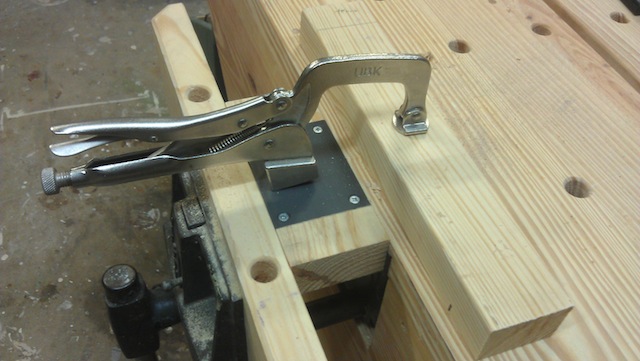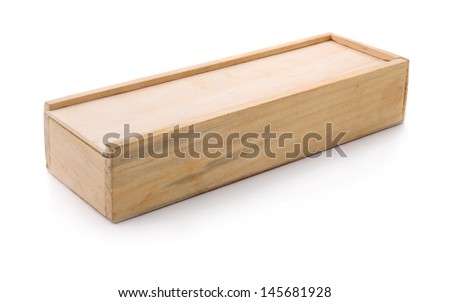Usually I make a prototype of an project that I plan to refine for sale later. I this case I borrowed an idea from Woodworkingformeremortals.com , thanks Steve. I think he got the idea from somewhere too. There is not much new in woodworking projects, boxes have been around for a long time.
In this case I figured to make a pencil box. If it turned out perfect I could put it in the shop to sell, if not, I have lots of pencils that could use a new home.
I was working to the same idea as in the photo but was looking to make something a little more individual. When I was a kid I had a pencil box similar to the one in the photo.
As you expect I didn't do it exactly the same way as the video, does anyone follow the instruction 100%?
My old scroll saw ( a new General would be nice) is worn out so I decided to drill out the majority for the box and then clean out the left over material with a chisel. Sawing the waste material out would certainly be much quicker and more efficient. Next box I will try cutting the inside out with my jig saw. I made the inner part of the box from soft wood so I glued hardwood sides onto the box. You see it clamped up and drying.
 |
| Add caption |
The 14 degree dovetail bit made the angle for the sliding lid, using one bit for both cuts means that the fit is exact. I did find that I had to use a plane to thin the top down just a bit to get it to slide nicely. I felt more confident in taking a whisker of wood off with a plane than resetting the router table and trying again.
The final result is pretty good. I would not try and round the ends again, too difficult to get perfect symmetry. You can also see a couple of glue spots on the side where I didn't clean it up well enough before staining. That was just because I knew this item wasn't leaving the basement shop any time soon.
As a prototype I am fairly pleased, it clearly has issues but they are cosmetic so easily fixed next time. . The advantage of making a test run is that ideas can be tried out and abandoned or modified for future production. I like using the soft wood for the inside, it is easy to work and easy to sand smooth. If need be I could prepare a few blanks and cut them out on the scroll saws at the Seniors Centre. I like the finish and the oak makes a sturdy though thin lid.
I'll keep you posted when I make another box.










.JPG)
.JPG)

.JPG)
.JPG)
.JPG)

.JPG)









.JPG)
.JPG)
.JPG)














.JPG)





